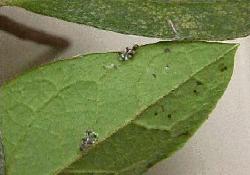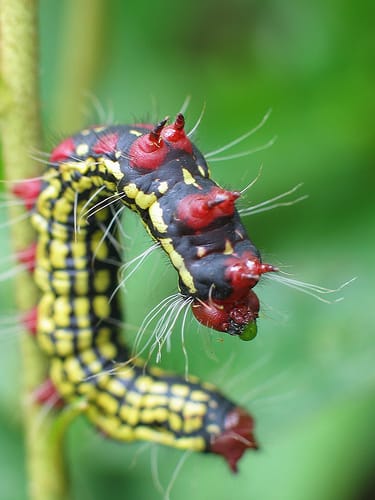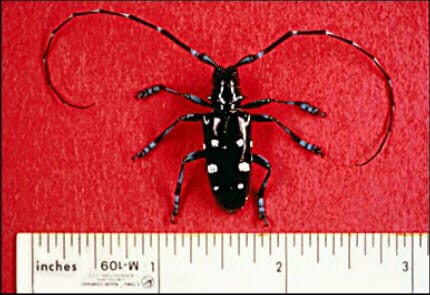Source(s): Faith Peppers, CAES- Office of Communications, The University of Georgia.
It is often said that gardening is good for the soul. Gardeners in Bobby Wilson’s Atlanta Urban Gardening Program find it’s not only good for the soul, but the mind and the wallet as well.

“The Atlanta Urban Gardening Program is more than just planting a seed and watching it grow,” Wilson said. “It’s about growing communities, training new leaders, feeding the hungry and homeless, establishing farmers markets and working with youths and adults through gardening.”
Wilson, an area Cooperative Extension agent for Fulton and DeKalb counties, is the coordinator of the Atlanta Urban Gardening Program. He came to UGA’s College of Agricultural and Environmental Sciences 16 years ago from St. Paul, Minnesota to get closer to his Mississippi roots.
“I really wanted to get back to the South,” Wilson said.
Since Wilson took over the urban gardening program, more than 200 garden sites have been established, and he has helped form community partnerships with the Atlanta Community Food Bank, the Federation of Southern Coops, the Buddy Valentino Foundation, the Sullivan Center and others. The vital partnerships have helped the program reach deeper into the community.
“This year alone we started 12 new gardens at local daycare facilities, public housing complexes and facilities for the physically challenged,” Wilson said.
In 1995, Wilson added the Atlanta Urban Gardening Leadership Program to the gardening program.
“The leadership program is designed to give community gardeners a leadership lesson, a gardening lesson and a chance to meet other gardeners from across Atlanta,” Wilson said. “From this program we also started an outreach program. We feed more than 300 homeless people once a month in an Atlanta shelter. We adopted a school in Costa Rica where we sent school supplies for two years, and we give coats and blankets to the homeless.”
The gardeners also are learning about business.
“Participants have learned business skills through our value-added products developed from our community gardens,” Wilson said. “We have our own labeled brands of pepper sauce, chow-chow, pepper jelly and scrub-a-dubs made from loofa sponges from our gardens.”
These products produced by the gardeners and packaged under their label, Atlanta’s Own Hot Urban Success, are available for sale by the community gardens and can be found in some restaurants in the metro area.
“The money from the products goes back into their local community garden program,” Wilson said, “It helps the gardeners learn that they can feed their families and make a little money from gardening.”
If you are thinking Wilson works with new city dwellers in expensive new lofts and high-rise condos, think again.
“Our community gardeners, who themselves are from underserved communities, feel they have been blessed and because of these blessings they know they can be a blessing to someone else,” he said.
“It wasn’t so much agriculture or horticulture as it was working with people. I enjoy working with people, and this is the ideal job for me: Working in communities throughout Atlanta. I get to interact with people from all walks of life,” he said.
Resource(s): Vegetable Gardening in Georgia
Center Publication Number: 236









